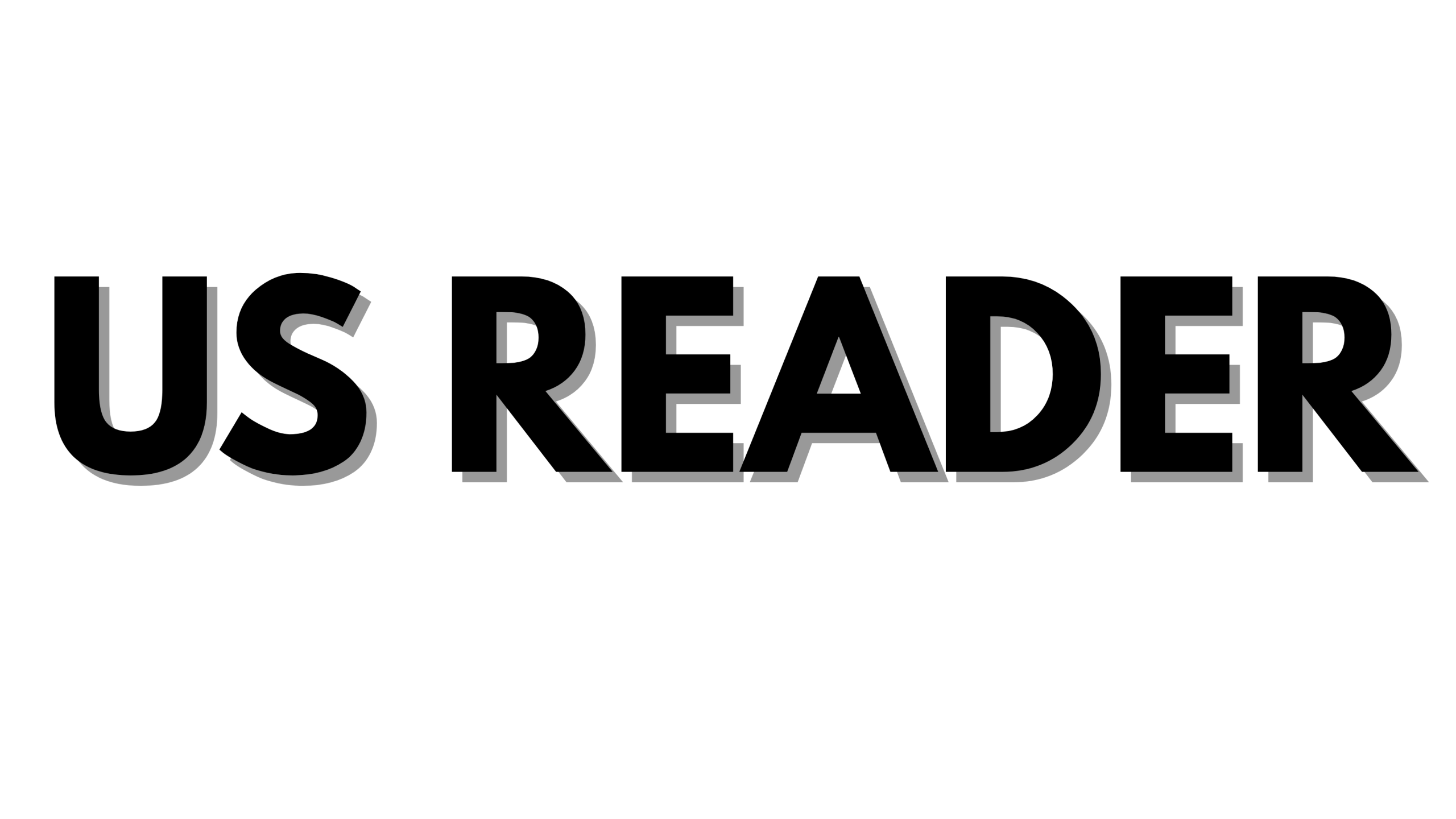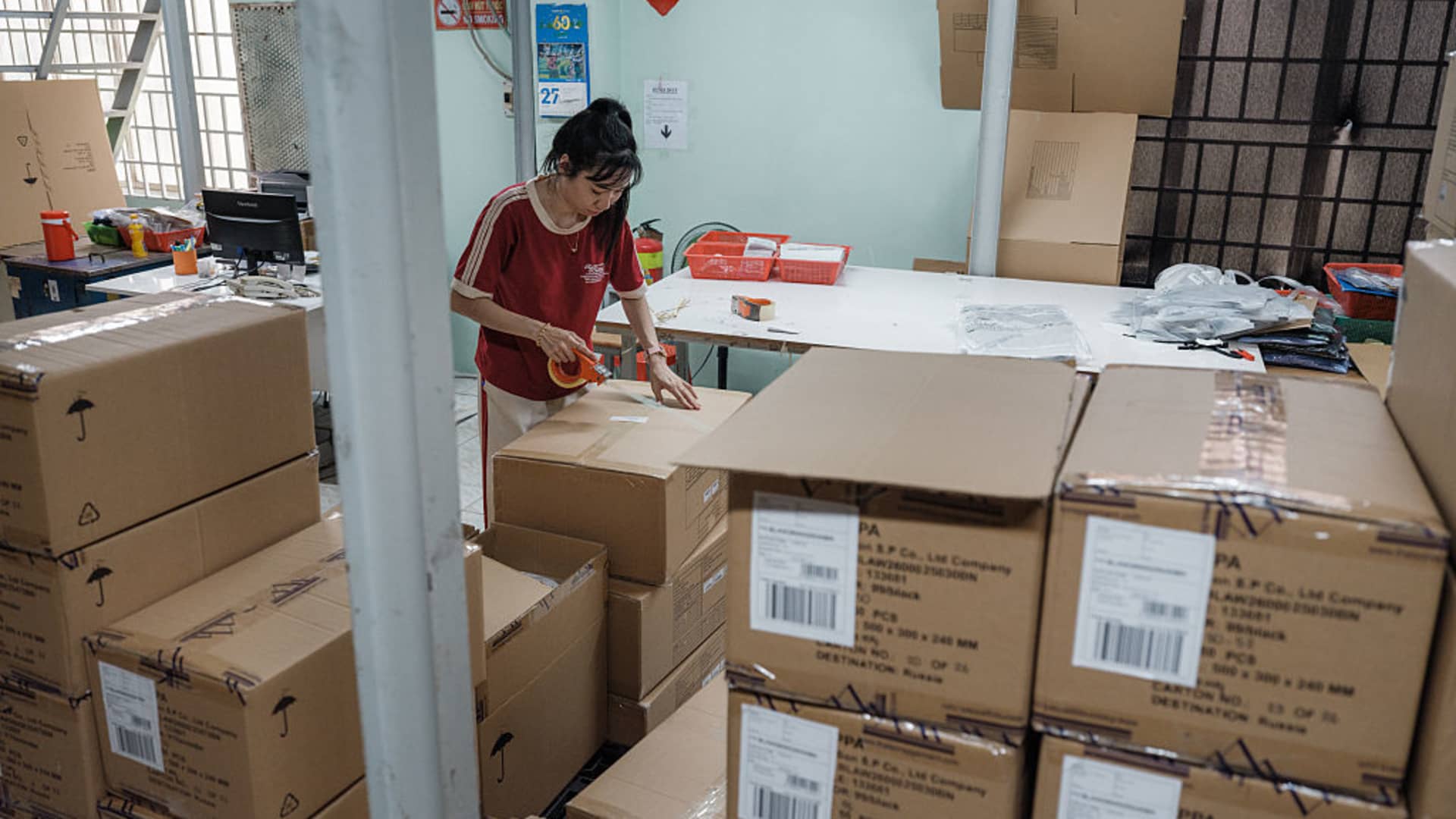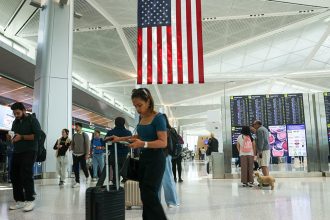The retail industry is expressing a sense of relief after appearing to dodge the anticipated higher tariffs on Vietnamese goods. However, some executives argue that the tentative trade agreement announced by President Donald Trump on Wednesday still poses challenges for businesses and could dampen consumer spending.
“It’s a lot better news than where we were on Liberation Day,” remarked the CEO of a prominent consumer brand in a conversation with CNBC. Trump revealed that tariffs on Vietnamese imports would be reduced to 20%, a significant drop from the previously suggested 46% rate announced on April 2, which was later put on hold. Nevertheless, the new rate remains double the current 10% duty.
Another executive characterized the development as “bad,” yet acknowledged that a 20% tariff is preferable to the initial 46% levy. “I guess Trump needs ‘positive’ news,” said a third industry leader, adding, “I think things are going to evolve. Let’s see if this is definitive.”
Trump’s announcement came just days before the expiration of the 90-day suspension on the steep tariffs proposed in April, while his administration remains in negotiations with numerous trading partners. Specifics regarding when the Vietnam agreement will take effect or whether both countries have settled on the tariff rates remain unclear.
Between the announcement on April 2 and this latest development, retail executives in the apparel and footwear sectors expressed concerns that tariffs on Vietnamese imports could escalate to levels comparable to the cumulative 55% duties imposed on Chinese products.
Over the past decade, top American retailers such as Gap, American Eagle, and Nike have decreased their dependence on China to mitigate the impact of high tariffs and geopolitical instability. Many have turned to Vietnam, where factories—some operated by Chinese owners—produce goods of similar quality and pricing. Additionally, companies have started operations in other Southeast Asian nations like Cambodia, Bangladesh, and Malaysia, which were at risk of facing tariffs of 49%, 37%, and 24% respectively, under Trump’s April plan but currently enjoy a 10% duty.
Vietnam has risen to become the second-largest supplier of footwear, apparel, and accessories for the U.S. market, according to the American Apparel & Footwear Association. The country is on track to potentially become the leading shoe supplier to the U.S. by 2025, as noted by the Footwear Distributors and Retailers of America, another industry trade association.
The proposed 46% tariff on Vietnam could have undermined the industry’s significant efforts to shift sourcing away from China. Many companies are relieved that the provisional agreement sets the tariff at 20%, which they view as an indicator that similar agreements may be reached for Cambodia, Malaysia, and Bangladesh.
“Twenty percent is a sigh of relief,” stated Sonia Lapinsky, a partner and managing director at AlixPartners, who advises fashion brands. “There’s some positivity and some optimism that this is manageable. So at least there’s that. This isn’t business destroying, which is great. However, this does have real implications, right?”
Many businesses have various strategies to mitigate the impact of tariffs, such as negotiating cost-sharing arrangements with suppliers. However, to maintain profit margins, companies including Nike are considering price increases. The effect of these price hikes on consumer spending remains uncertain, as the adjustments will take time to filter through the supply chain.
Previously, AlixPartners developed pricing models for CNBC to analyze potential price increases on Vietnamese-made sweaters and shoes under Trump’s proposed tariffs, provided retailers do not pass the costs on to consumers. Under a 10% tariff, a $95 pair of men’s shoes could see a price increase of $7.42, bringing the total to $102.42. With a 20% tariff, the impact would likely be even more pronounced.
Many executives are concerned that any surge in tariffs of this magnitude could be detrimental to both businesses and consumers. Paul Cosaro, CEO of Picnic Time, which supplies top retailers such as Target, Kohl’s, and Macy’s, remarked, “If the clocks were wound back to April and Trump said there’d be a 20% tariff on Vietnamese imports, no one would’ve been happy.”
He added, “There could be threats of a 46% tariff and you come back with 20 and it’s going to sound better but… it’s just more money coming out of the consumers’ pockets at the end of the day and they have less money to spend on picnic baskets and coolers and things like that.” Cosaro, who has raised his prices by 11% to 14% earlier this year to offset the cost of tariffs on Chinese imports, concluded, “It’s not good for the consumer. Ultimately, it’s just increasing the prices… I don’t think that’s good news.”












